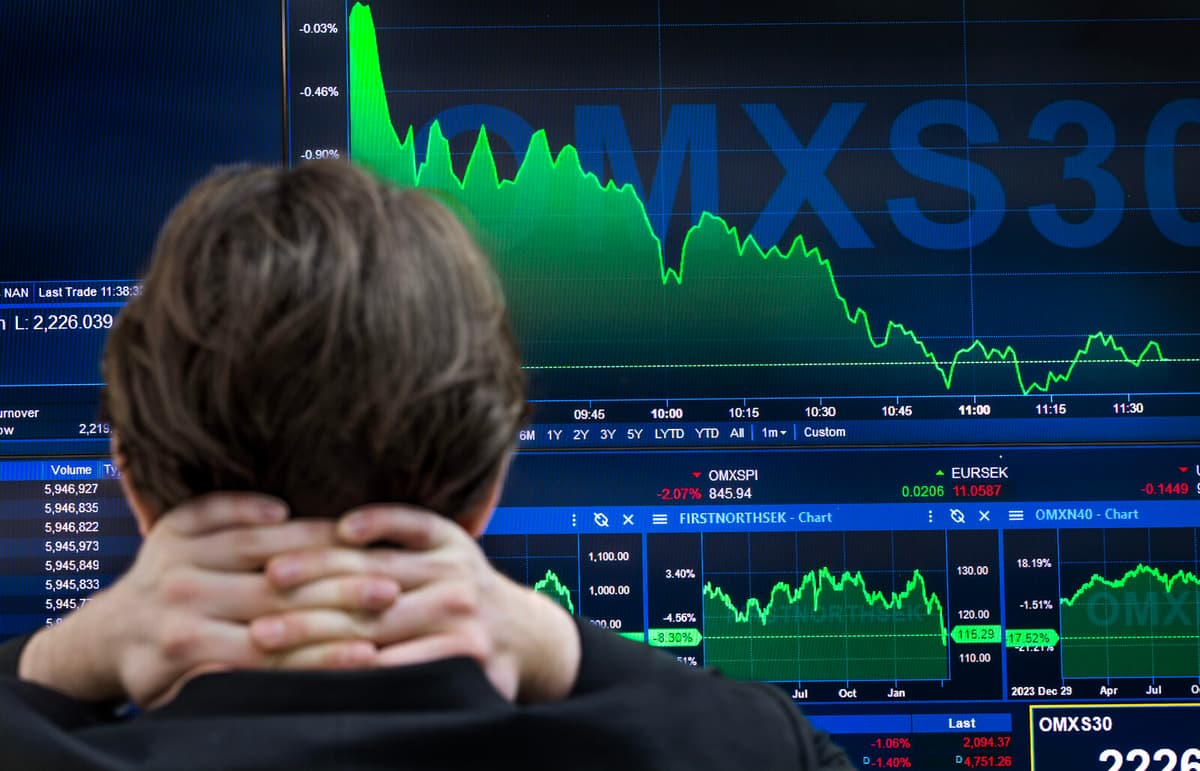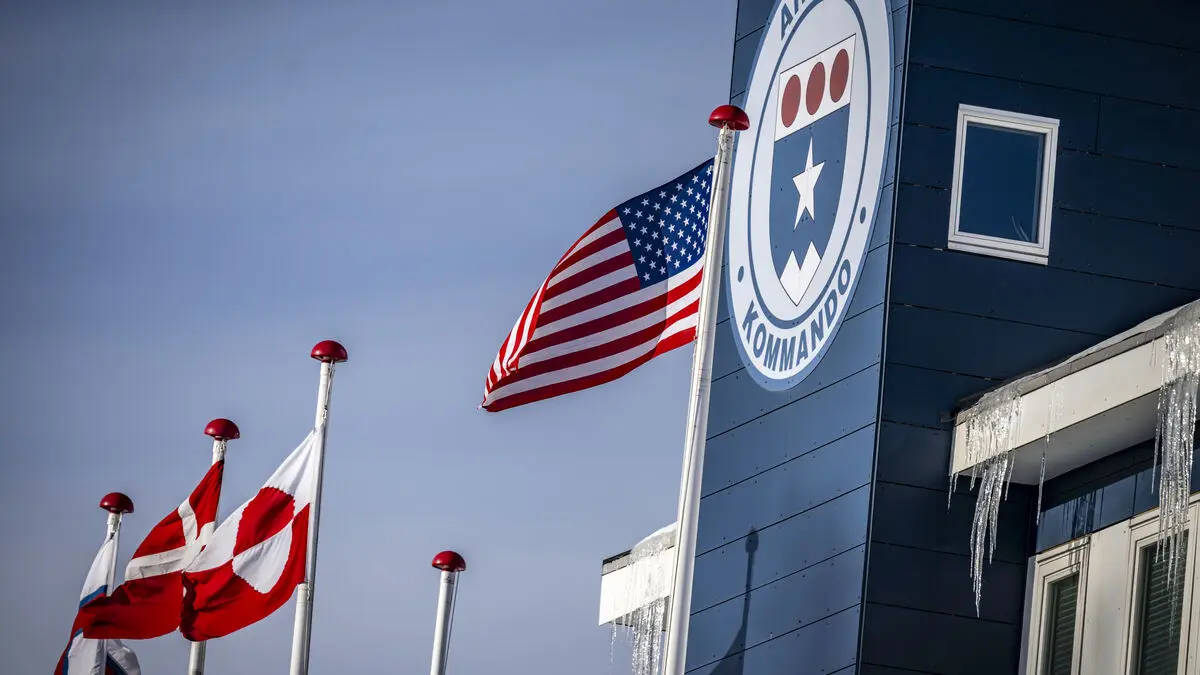Uncertainty is the word I probably see the most in all reports. And everyone says: "This is a solid report," says Lars Söderfjell, stock manager at Ålandsbanken, when he summarizes the impressions of the report flood last week.
He thinks that many individual price reactions have been unexpectedly large, even on smaller deviations in the reports.
A clear theme in the heavy engineering sector – with many customs- and currency-sensitive export companies – is that growth signals have been rewarded in the stock market's price reaction to the reports, according to Söderfjell.
He points out Assa Abloy, Sandvik and SKF as examples.
They have been well paid on the stock market for their reports.
But sector colleague Atlas Copco is a large and heavy exception.
As expected or better
But what stands out most when it comes to the report week is Saab and Handelsbanken, thinks Söderfjell.
Saab on the upside and Handelsbanken which had a weak quarter, he says.
Esbjörn Lundevall, stock strategist at SEB, is impressed by an unexpectedly strong order intake for many engineering companies – apart from Atlas Copco and Epiroc.
They are two clear disappointments. But until the two reports (on Friday) were all basically as expected or better, he says.
The forest companies are too few to draw conclusions, the consumer sector looks scattered and the property companies are still struggling with some concern for high vacancy rates, according to Lundevall.
Telecom operators have stood out positively, especially Tele2, he says.
Uncertain about the rest of the year
The stock market is currently at a plus of 1.5 percent compared to the turn of the year. After the report week – where the stock market has basically gone sideways with some high peaks and valleys – the professionals are uncertain about the rest of the year. Much depends on how trade conflicts in the world develop.
There are conflicting forces – in positive and negative direction – so I think we will continue to fluctuate around this interval where we have been since actually March last year (2024), says Lundevall.
According to Lundevall, the P/E ratio of Swedish listed companies – i.e. the price of shares divided by coming year's profits – is around 18 right now.
It's maybe a bit on the expensive side. But on the other hand, we believe it will fall to 15.6 next year. And then you are back to normal levels again.
The slightly higher P/E ratio is related to the fact that profit forecasts have been adjusted downwards. At the beginning of 2025, SEB expected profit increases of around 10 percent. Now the forecast is at minus 4 percent.
Joakim Goksör/TT
Facts: Most beat expectations
TT
A majority of the OMXS30 companies that reported in the summer's report flood have beaten the analysts' profit expectations: ABB, Addtech, Assa Abloy, EQT, Ericsson, Evolution, H&M, Saab, SEB, Skanska, SKF, Swedbank, Tele2, Telia, AB Volvo.
So far, only seven of the 30 companies in the OMXS30 index have presented worse quarterly figures than expected: Atlas Copco, Boliden, Epiroc, Essity, Lifco, Nordea, Sandvik, Handelsbanken.
The five OMXS30 companies that are lagging behind in reporting are: Alfalaval (July 22), Hexagon (July 25), SCA (July 25), Astra Zeneca (July 29), Nibe Industrier (August 22).






